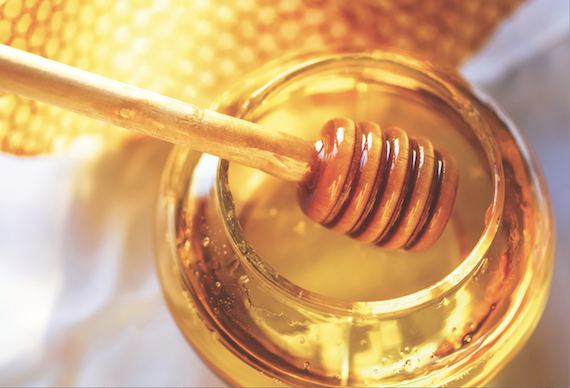It’s summer 2011 and I am in London at a brainstorming meeting for a major spirits producer. I am here to give an outsiders’ view on where I think the market is heading, and to help the company decide what sort of product it should be launching next.
And it is not going well. It seems that what I plan to suggest – premium spirits, single cask, cask strength – is a long way from what the current speaker is suggesting.
“We need something easy to drink and light for a younger palate,” he says. “Maybe we should be looking to a Canadian whisky. And there is a growing interest in flavoured whiskeys.”
Then he pauses and smirks a little.
“Of course we can’t call them that because it breaks the rules. But let’s be honest, that’s what bartenders are calling them.”
Because this all happened at a consultancy meeting I am not at liberty to tell you what the company was, and I can tell you Jack about its whiskey. But as we are talking about 2011 and Scotland has yet to take its first tentative steps down this particular slippery slope, I leave you to make an educated guess.
And it’s water – or whisky – well and truly under the bridge now anyway. This is no secret any more and the trickle of whiskies infused with honey, maple, lime and cherry has become a flood.
And Scotland, too, has jumped on the fruity bandwagon.
Defending definitions
What’s more, our speaker was bang on the money with his prediction. Whether the purists like it or not, bartender shorthand for a whisky flavoured with fruit or honey is ‘flavoured whisky’.
So what’s going on, and are we in danger of dumbing down the category by blurring definitions? The whisky industry is rightfully proud of the fact that it has defended rigorously its definitions of scotch, blended whisky and single malt whisky. The rules are that the ingredients here should be just grain, yeast and water. You can add nothing apart from some colouring in Scotland.
So these drinks must surely be leading to market confusion? After all, it’s a very fine line. A few years ago London-based boutique whisky maker Compass Box launched Orangerie – whisky with orange peel and spices – and called it a ‘whisky infusion.’ It was on the border.
“But imagine if the company had called it infused whisky,” remarked one observer. “They wouldn’t have had a chance with that.”
Fine lines.
At the risk of sounding snobby, you sort of accept that the bourbon and American whiskey producers would have little problem with adding honey, maple or cherry to whiskey and indeed, Jack Daniel’s, Wild Turkey and particularly Jim Beam have done so.
But how do we really feel about such great names as Ballantine’s, J&B and Dewar’s in Scotland and Paddy in Ireland associating themselves with the category?




